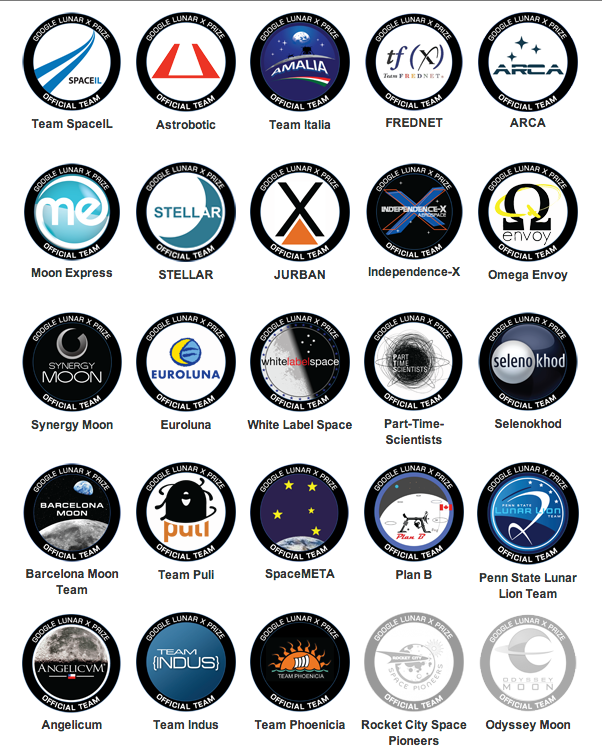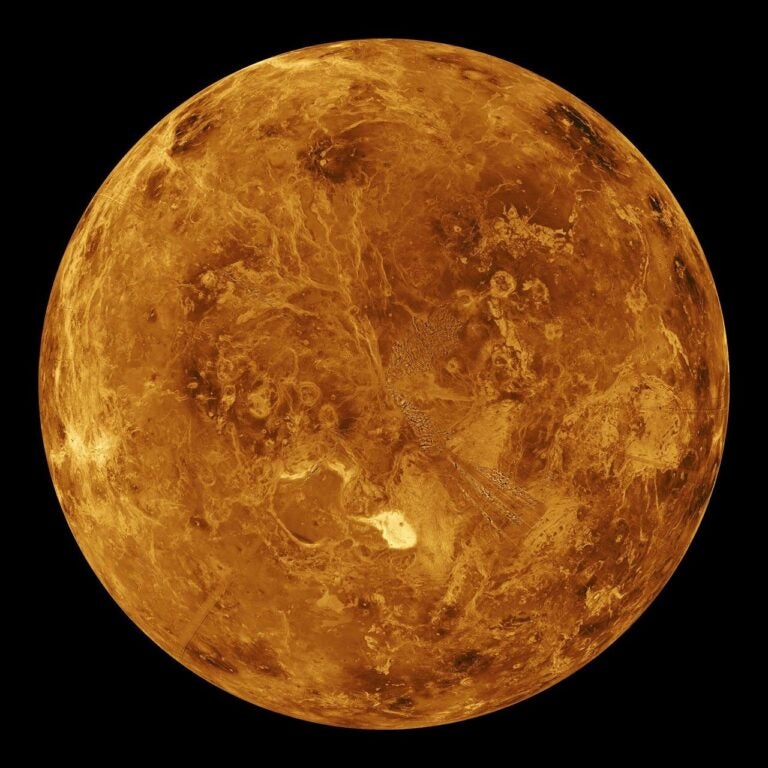The International Lunar Research Park (ILRP), which Aldrin describes in the article, is “a concept to build through a three phase approach a multi-national, multi-use robotic and human research park on the Moon as an enduring oasis for humanity and as a springboard to advance exploration and development of NEOs [near-Earth objects] and Mars,” says the consortium’s website.
The ILRP aims to be a stepping-stone on the way to and a sandbox in which to prepare for further space exploration. “Between the flags and footprints of Apollo
and the suburbs of Luna City,” the site says, “there needs to be The Next Giant Leap: beginning human settlement of another world.”
To learn more about the timeline, the three phases of the ILRP’s development, and the organization’s progress so far, visit its website.
Meanwhile, the Pacific International Space Center for Exploration Systems (PISCES), located in Hilo, Hawaii, and also mentioned in Aldrin’s article, is “an international research and education center dedicated to the development, verification and validation of new technologies needed for operations on the Moon, Mars and beyond.”
Because Hawaii’s terrain is similar to that of the Moon and Mars, the island state provides a perfect testing ground for the lunar rovers of the future. Eventually, the center will provide a full-size version of a future lunar outpost. In the meantime, it is home to research laboratories, education and outreach programs, and Moon-analog proving grounds.
Teams participating in the Google Lunar X Prize — which you can read about in detail here — will test their rovers at PISCES’ sites. Currently, 23 teams are competing to see who can be the first to build and launch a rover that can travel 1,640 feet (500 meters) on the Moon’s surface and send video, images, and data back to Earth. The winners will receive $30 million in prizes.
With the combined visions and financial support of organizations and programs like the ILRP, PISCES, and the Google Lunar X Prize, humans could be back on the Moon in no time flat, astronomically speaking.










